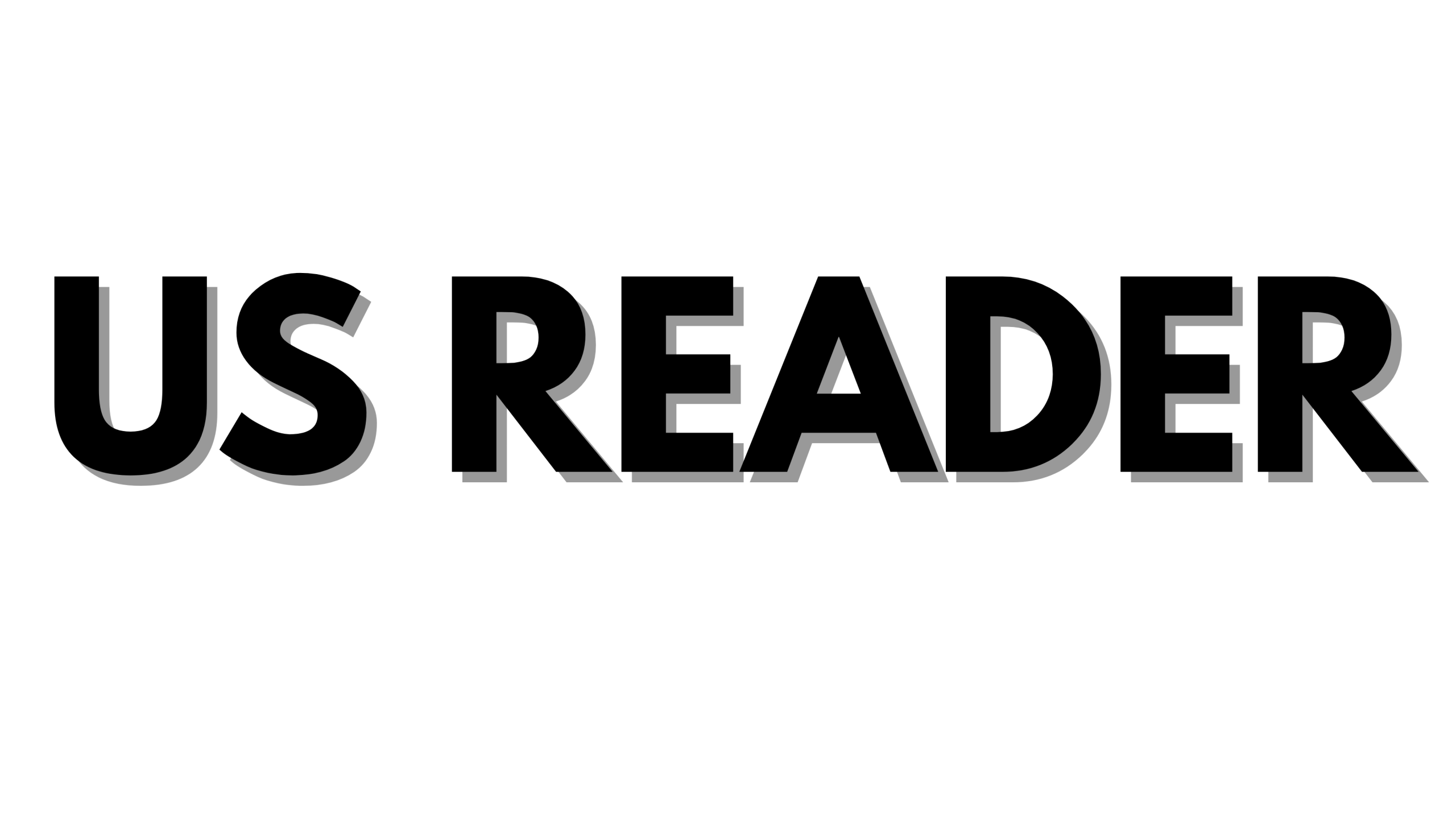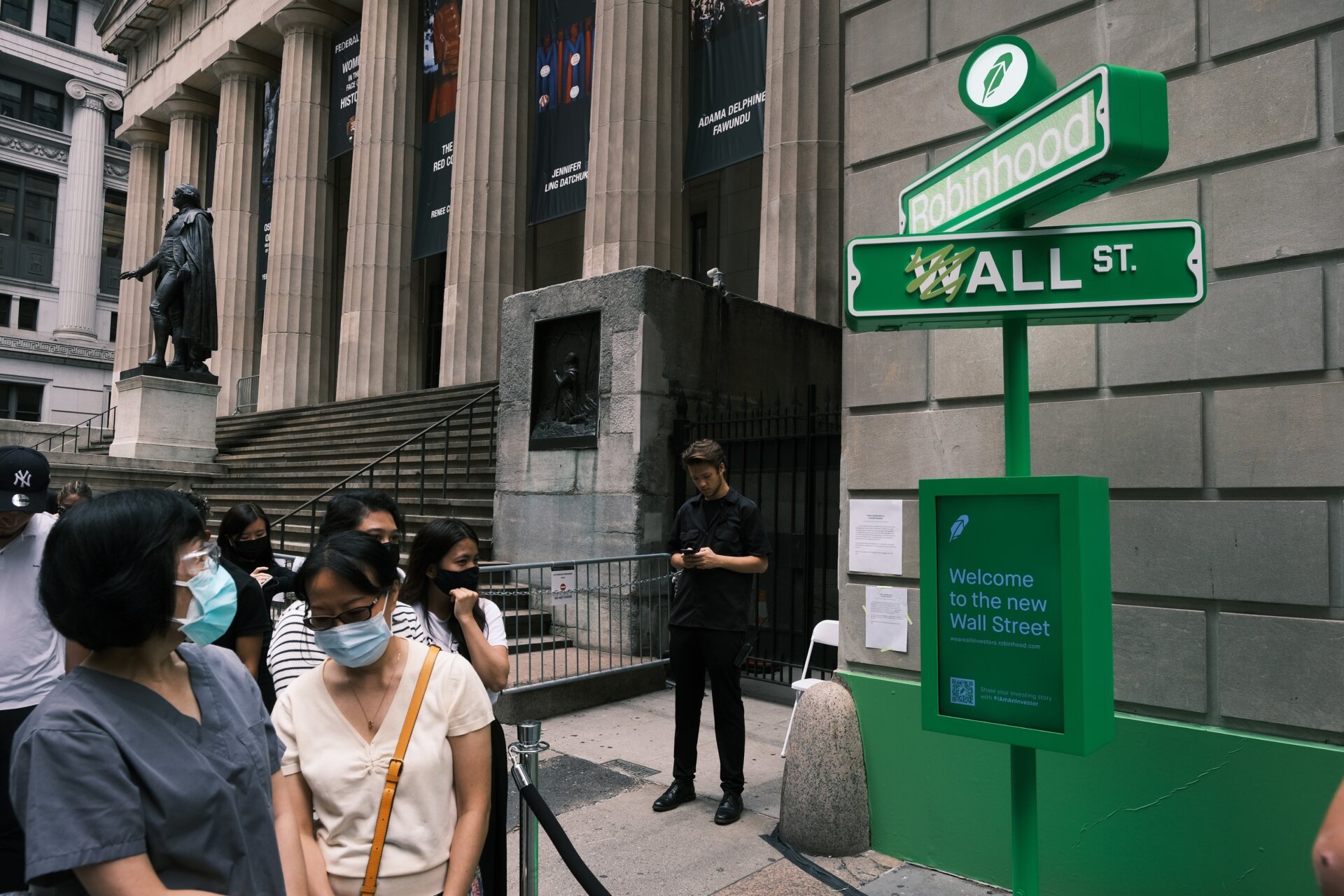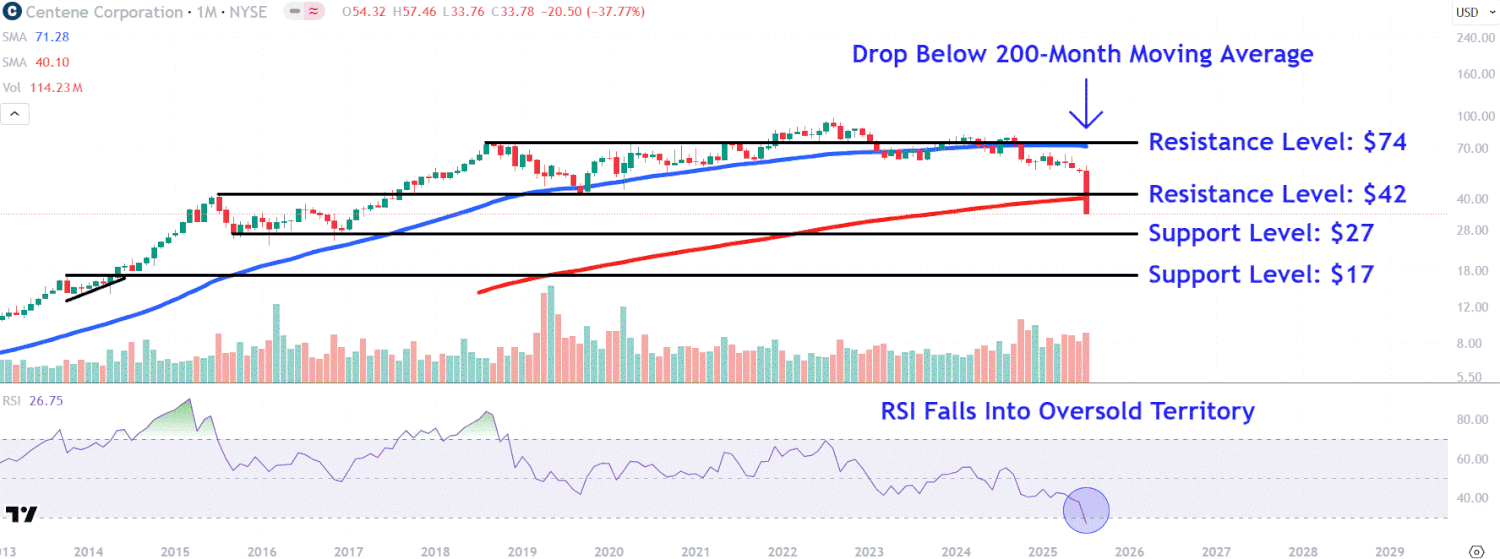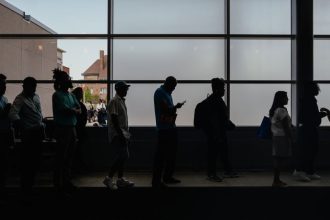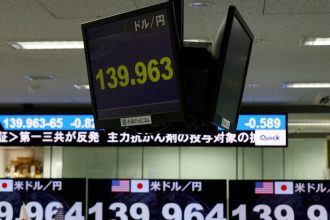A financial revolution is on the horizon, with the potential to transform traditional Wall Street by introducing assets like stocks, bonds, and real estate into the blockchain realm. This process, known as tokenization, could significantly alter our perceptions of ownership, trading, and value. To clarify its implications for the everyday investor, we explored the concept and discussed its future with Ken DiCross, co-founder of the blockchain interoperability platform, Wire Network.
**Understanding Tokenization**
Tokenization involves converting a real-world asset, such as a share of Tesla stock, into a digital token stored on a blockchain. What is a blockchain? It is a highly secure, shared digital ledger that resists tampering, the same technology that underpins cryptocurrencies like Bitcoin. By encapsulating stocks within this secure digital format, they can be traded more swiftly and openly with fewer intermediaries. As DiCross succinctly puts it, “It’s really bringing all assets in this world on chain, which is exactly where they should be.”
**The Nature of Tokenized Stocks**
Is purchasing tokenized Tesla stock akin to buying a cryptocurrency? Not quite. You’re acquiring a digital counterpart of an actual share, which is backed 1:1 by the physical stock. This means it should grant the same entitlements, such as dividends, although this varies based on how it’s issued and regulated.
In contrast to trading on platforms like Robinhood, where stocks remain tied to the broker, tokenized stocks offer greater portability. They can be stored in a personal digital wallet and traded globally, around the clock, or leveraged in decentralized finance (DeFi) applications, akin to having cash rather than store credit bound to a specific platform.
**Why Tokenization Matters**
What shortcomings of the current stock market does tokenization aim to address? The traditional system is often slow, compartmentalized, and hampered by gatekeepers, leading to settlement delays that can last days and geographical restrictions on trading. Tokenization aims to dismantle these barriers, resulting in what DiCross describes as a seismic shift.
“It’s like playing Super Mario back in the 90s, where you could only go one direction,” he explains. “And then they come out, and they go, like, Mario’s now open world. Like, do whatever you want. It’s literally, like, that big of a shift.”
The goal encompasses improving accessibility, speed, cost, and control. DiCross believes that tokenization can unveil the true market value of assets by significantly broadening their ownership base. “I’ll pose that we may not know the actual true value of a skyscraper in Manhattan right now, just because there are still limitations,” he argues. “If the more that you can give access and fractionalize… to where a farmer in Iowa can own a portion of it, I guarantee that’s going to drive value and prices higher.”
**Current Applications of Tokenization**
Are tokenized stocks currently available for purchase? Yes, though the landscape is complex. Certain offshore platforms have begun offering tokenized versions of major stocks, but U.S. investors face strict regulatory barriers. Behind the scenes, major financial institutions like JPMorgan and Franklin Templeton are utilizing private blockchains to tokenize assets such as money market funds and bonds, demonstrating the technology’s scalability.
How soon can we expect retail investors to trade tokenized stocks similarly to Bitcoin or NFTs? We might be closer than anticipated. While the technology is ready, regulatory frameworks remain the primary obstacle. Should regulators like the Securities and Exchange Commission (SEC) establish clear guidelines for tokenized securities, widespread adoption could follow swiftly, potentially within 1-3 years for early implementations, and 5 years or more for mainstream acceptance.
**Navigating Risks**
What challenges accompany tokenized stocks? Chief among them is regulatory uncertainty. If authorities classify a platform as illegitimate, investors risk losing access to their assets. Technical vulnerabilities also exist, as DiCross notes, “This is code that is being used instead of, you know, writing down, like the deed of who owns what.” While he insists this digital risk may surpass the physical risks of losing documentation, it is nonetheless a consideration.
How can fraud or manipulation be mitigated on a blockchain? Transparency is key; a blockchain publicly logs every transaction. Nevertheless, it still requires human and legal frameworks: verified custodians to hold the actual stocks, adequate audits, and regulatory oversight. Blockchain technology doesn’t eliminate the need for trust but rather reconfigures how it operates.
**The Future of Finance**
Some speculate that tokenization could ‘consume’ Wall Street. Is there truth to this, or is it mere hype? It’s a bit of both. Tokenization isn’t set to replace Wall Street; instead, it will compel it to evolve. DiCross foresees large firms adapting by launching their own blockchains and tokenized offerings. “You may not have the same slice of the pie. It may be smaller… It means that you have a smaller slice of something that’s even bigger now,” he predicts.
What might the stock market resemble in five years if tokenization becomes mainstream? Picture trading stocks from your mobile device at any time, from anywhere in the world, with immediate settlement and negligible fees. Assets could seamlessly be employed across various applications for trading, lending, or borrowing, eliminating long waits and cumbersome paperwork. This is the vision. DiCross anticipates a world filled with various blockchains, all needing to communicate effectively—an issue his company seeks to address.
“I hope there’s, I’m like, a billion chains,” he says. “We just know that it needs to be standardized, that whatever chain you’re on is able to seamlessly talk to the chain that everyone else is on.” The future won’t consist of a singular dominant chain; rather, it will embody a diverse landscape of digital assets interconnected by unseen infrastructure.
Tokenization may not displace Wall Street but is likely to establish an influential presence at the financial table.


